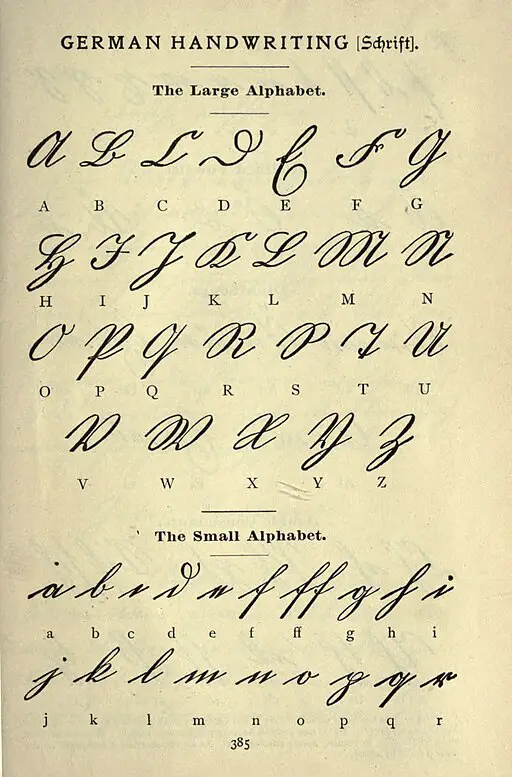German is the 11th most spoken language in the world, with around 130 million speakers.
It is the most widely spoken mother tongue in the European Union and an official language in seven countries: Germany, Austria, Switzerland, Luxembourg, Liechtenstein, Belgium, and South Tyrol. It is also spoken by significant minorities in other countries, such as Poland, Denmark, the Netherlands, and the Czech Republic.
It is the fifth most studied language in the world, with around 15.4 million learners. It is particularly popular in Europe but is also gaining popularity in other parts of the world, such as Asia and Latin America.
There are a number of reasons why it is so popular. It is the language of a major economic power, Germany, and is also the language of a rich culture and history. It is also a relatively easy language to learn for speakers of other Germanic languages, such as English and Dutch.
Why German is a popular language to learn in the world?
Economic opportunities: Germany is the largest economy in the European Union and the fourth-largest economy in the world. Learning it can open up new job opportunities in Germany and other German-speaking countries.
Educational opportunities: Germany has a world-class education system, and many German universities offer English-language programs. Learning the language can make it easier to study in Germany and other German-speaking countries.
Cultural opportunities: Germany is a cultural powerhouse, and it is the language of many famous writers, musicians, and philosophers. Learning German can give you access to a rich cultural heritage.
Scientific and technological opportunities: Germany is a leader in science and technology, and it is the language of many important scientific and technical publications. Learning German can help you stay ahead of the curve in these fields.
Overall, it is a popular language to learn in the world because of its economic, educational, cultural, scientific, and technological opportunities.
What does the German Alphabet look like?
It has an alphabet. It is a Latin-based alphabet, with 26 letters plus four additional letters: ä, ö, ü, and ß. These four letters are called umlauted vowels and are formed by adding two dots above the base vowel.
The alphabet is as follows:
A a Ä ä B b C c D d E e F f G g H h I i J j K k L l M m N n O o Ö ö P p Q q R r S s ẞ ß T t U u Ü ü V v W w X x Y y Z z
The letter ß is a special letter that is only used in the German language. It is pronounced like the English “s” in the word “measure.”
The above alphabets are used to write all words, including loanwords from other languages. However, some loanwords may retain their original spelling, even if they use letters that are not normally found in the German alphabet.
Here are some examples of German words:
- Hallo (hello)
- Danke (thank you)
- Bitte (please)
- Auf Wiedersehen (goodbye)
- Ja (yes)
- Nein (no)
- Ich liebe dich (I love you)
- Mir geht es gut (I am doing well)
- Wie geht es dir? (How are you?)
- Das ist ein Apfel (That is an apple)
- Ich möchte ein Bier (I would like a beer)
- Bitte bezahlen (Please pay)
If you are interested in learning German, there are many resources available to help you get started. You can find online courses, textbooks, and apps that can teach you the basics of this language. You can also find language classes at many community colleges and universities.


